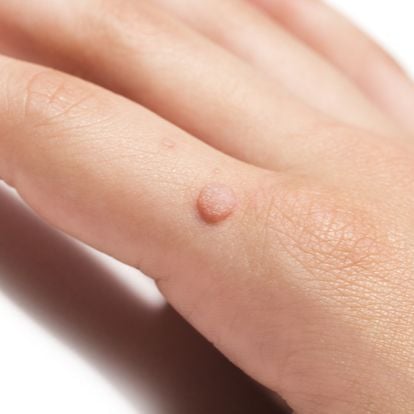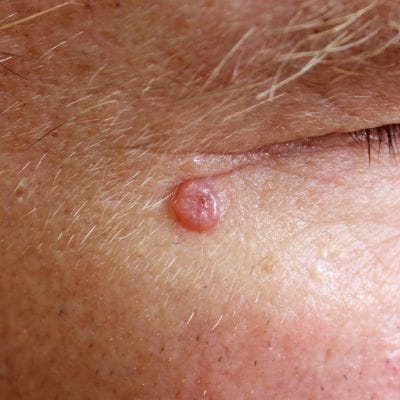Diabetes: Related Skin Conditions
Around 537 million adults around the world live with diabetes. Additionally, 1/3 of those with diabetes encounter a skin condition during their life.
Indeed, diabetes is closely tied to skin disorders. Patients may suffer from allergies, infections, dry or itchy skin, and other problems.
However, patients may manage their conditions by taking a few steps. Here are the most common skin disorders that may appear with diabetes.
Skin Disorders Associated with Diabetes
Those who have diabetes are more vulnerable to skin issues. A high level of blood sugar is often the culprit that takes a toll on skin health.
Below are some of the skin disorders related to diabetes:
Diabetes Rash
Most people with diabetes develop skin rashes on different body parts. The skin may become itchy and dry due to poor blood flow and high blood sugar.
Diabetes rashes can be of different types:
- Diabetes blisters appear on the back of hands, legs, arms, and feet. It primarily affects patients with diabetic neuropathy.
- Diabetes dermopathy leads to round and brown scaly patches on the shins. These are benign and don’t need medical attention.
- Digital sclerosis makes the skin at the back of the hand hard and thick. It can be treated by dermatologists.
- Women with diabetes may get rashes on the lower leg called necrobiosis lipoidica diabeticorum (NLD). A dermatologist can treat this condition.
- Diabetes foot syndrome creates ulcers due to stress on the skin. The ulcers risk getting infected as healing often takes a long time.
Vitiligo
Vitiligo is a condition where the skin loses its brown color. Research has established a link between vitiligo and type 1 diabetes, both of which are autoimmune diseases.
This disorder happens when the skin cells that produce melanin don’t work. As a result, light and blotchy patches appear on the chest, face, or arms.
People with vitiligo should use proper sunscreen to protect their skin. They could also rely on light therapy to treat the condition.
In extreme cases, steroids may be an option too.
Fungal and Bacterial Infections
Bacterial and fungal infections are more common in people with type 2 diabetes. They can lead to swollen and red skin, along with pain.
Some common bacterial infections linked with diabetes are:
- Staphylococcus (staph)
- Streptococcus (strep)
- Boils
- Folliculitis (infects the hair follicles)
- Styes (infects areas surrounding the eye)
- Carbuncles
Patients may need antibiotics to treat severe bacterial infections. Doctors may also have to drain the fluid from carbuncles.
Fungus and yeast may also cause infections in the diabetes population. Yeast infections may appear in armpits, below the breasts, or concealed skin folds.
Other types of fungal infections include:
- Ringworm
- Athlete’s foot
- Jock itch
A doctor may treat these with medicines.
Eruptive Xanthomatosis
This skin disorder is common in people who are not able to control their diabetes. It is generally the result of high cholesterol and fat levels in the blood.
Therefore, controlling blood sugar levels is a good way to reverse the condition.
Eruptive Xanthomatosis leads to the growth of pale and yellowish bumps on the skin. They may have a red surrounding and become hard due to the fat deposit.
Acanthosis Nigricans
Acanthosis Nigricans is a sign of impending diabetes. It affects the skin in body folds and makes it thick and dark. The skin may even appear like velvet and attain a different texture.
Reducing weight and managing diabetes can be a way to counter the skin problem.
Skin disorders are closely related to diabetes. However, they may be managed through medications and treating diabetes. Always consult a doctor in case of skin disorders to get fast relief.






